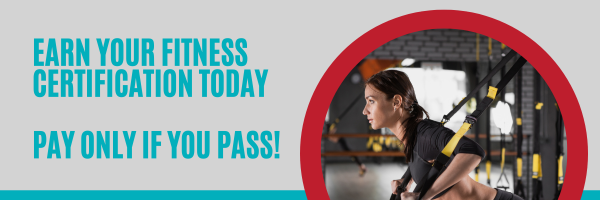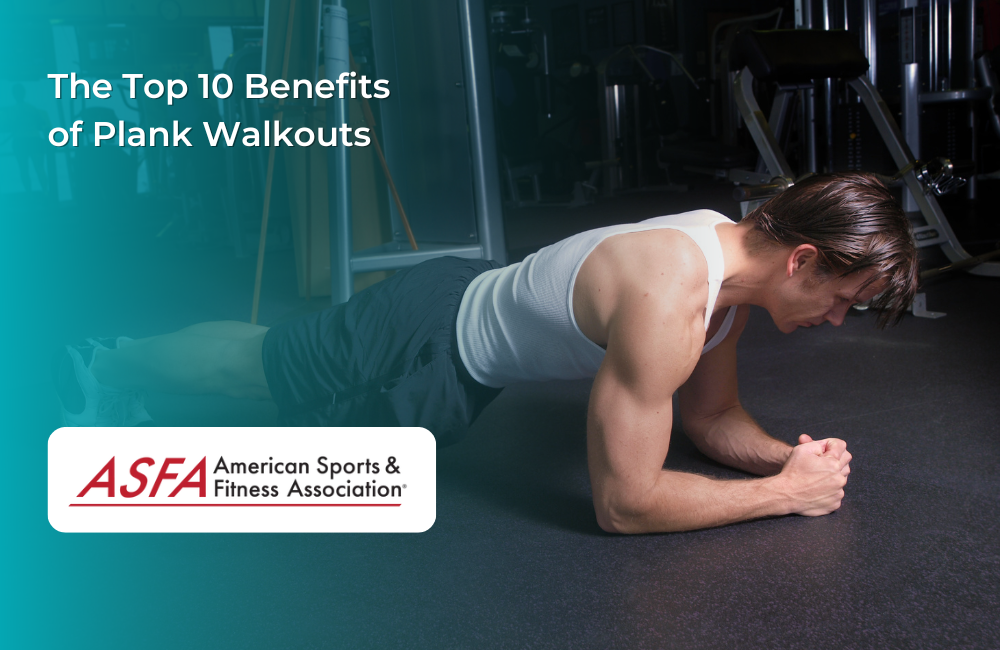Plank walkouts are a dynamic variation of plank exercises that target the core while engaging the entire body, making them a valuable addition to any fitness routine. This exercise involves starting in a plank position, walking the hands out into a push-up position, and then walking them back to the starting plank position. Repeating this movement for several repetitions or a set period can significantly improve full-body strength, stability, and endurance. Below, we’ll explore the top 10 benefits of plank walkouts and why they’re a must-try for anyone looking to boost their fitness.
What are Plank Walkouts?
Plank walkouts, also known as inchworms, are a dynamic variation of the classic plank exercise that effectively targets multiple muscle groups, including the core muscles, arm muscles, and upper body. This exercise begins in a plank position, where you walk your hands forward while keeping your legs straight, transitioning into a high plank position. The movement not only challenges your core stability but also engages the entire body, making it a comprehensive workout. Plank walkouts are excellent for improving core strength, flexibility, and overall body coordination, making them a valuable addition to any fitness routine.
1. Strengthening the Core Muscles
Plank walkouts are one of the most effective exercises for strengthening the core, including the rectus abdominis, transverse abdominis, and obliques. The plank position requires significant engagement of the abdominal muscles to maintain stability, while the dynamic movement of walking the hands out and back challenges multiple muscles, including the core, shoulders, and arms. This constant activation ensures a powerful workout for the entire core region, helping to build both strength and endurance.
2. Improving Upper Body Strength
In addition to targeting the core, walking planks engage key muscles in the upper body, including the chest, shoulders, triceps, and biceps. As you walk your hands out to the push-up position and back, these muscles work hard to stabilize and control your movement, offering an excellent upper-body workout. Over time, this exercise helps to build strength and definition in the arms, shoulders, and chest.
3. Building Lower Body Strength
While primarily focusing on the core and upper body, plank walkouts also engage the lower body muscles, including the glutes, hamstrings, and quadriceps. Maintaining a plank position requires the lower body to stabilize the movement, and as you walk your hands forward and backward, the glutes and leg muscles must remain engaged. This helps to build strength and endurance in the lower body, contributing to improved stability and balance.
4. Enhancing Flexibility
Plank walkouts involve a dynamic range of motion that promotes flexibility, particularly in the shoulders, wrists, and hips. The controlled movement of walking your hands out to a full extension and then back helps to open up the shoulders and increase mobility in the joints. Regularly practicing plank walkouts can lead to enhanced flexibility, which is beneficial for overall athletic performance and daily activities that require greater mobility.
5. Improving Posture
Good posture is essential for maintaining a healthy spine and reducing the risk of injury. The plank position required for plank walkouts strengthens the muscles that support proper posture, including the core, back, and shoulders. Over time, practicing this exercise can improve your posture by reinforcing proper alignment of the spine and reducing tension in the lower back and neck. A strong core and back lead to better posture in daily life, whether sitting, standing, or exercising.
6. Boosting Endurance
Plank walkouts require sustained effort and energy, making them an excellent exercise for building endurance. The combination of a static hold (plank) and dynamic movement (walkout) challenges the cardiovascular system and builds muscular stamina. With regular practice, you’ll notice improved endurance, allowing you to perform more repetitions and complete longer sets without fatigue. This increase in stamina translates to better performance in both everyday activities and other forms of exercise.
7. Enhancing Balance and Coordination
Balance and coordination are essential for maintaining stability during movement, and plank walkouts require both. The act of walking the hands out and back while keeping the body stable engages stabilizer muscles throughout the body. As a result, regular practice of this exercise helps to improve your overall balance and coordination, which can enhance athletic performance in sports, reduce the risk of falls, and improve body control in daily activities.
8. Increasing Calorie Burn
Because plank walkouts engage multiple muscle groups simultaneously and elevate the heart rate, they are an effective calorie-burning exercise. The dynamic nature of walking in and out of the plank position requires significant energy expenditure, which helps to increase your overall calorie burn. Whether you’re aiming for fat loss or improved cardiovascular fitness, adding plank walkouts to your routine can help you burn more calories and achieve your fitness goals faster.
9. Reducing Risk of Injury
By strengthening the core, lower back, and stabilizer muscles, plank walkouts help to reduce the risk of injury, particularly in the lower back and shoulders. A strong core supports the spine, reducing strain on the back during physical activities, while improved shoulder mobility and strength can prevent common overuse injuries. Regularly incorporating plank walkouts into your workout routine can protect against injuries in both sports and everyday movements.
10. Convenience and Accessibility
One of the greatest advantages of plank walkouts is their convenience. They require no equipment, just a small space and a flat surface, making them an ideal exercise for home workouts or when traveling. Whether you have a busy schedule or limited access to a gym, plank walkouts offer a full-body workout that can be done virtually anywhere, allowing you to stay consistent with your fitness goals regardless of your environment.
How to Perform Plank Walkouts Correctly
To get the most out of plank walkouts, it’s essential to perform the exercise with proper form. Follow these steps to ensure you're executing the movement correctly:
-
Start in a Plank Position: Begin in a plank position with your hands directly under your shoulders and your feet hip-width apart. Keep your body in a straight line from head to heels, engaging your core to avoid sagging or arching your back.
-
Engage Your Core: Tighten your abdominal muscles to maintain stability and control throughout the movement.
-
Walk Your Hands Out: Slowly walk your hands forward until you’re in a full push-up position. Your hands should be directly under your shoulders, and your body should remain straight.
-
Walk Your Hands Back: Reverse the movement by walking your hands back to the original plank position. Keep your core engaged and your body in a straight line.
-
Repeat: Perform the movement for a set number of repetitions (e.g., 10-12) or for a designated time (e.g., 30-60 seconds).
Variations and Progressions
To keep your workouts challenging and engaging, you can incorporate several variations and progressions of plank walkouts. Each variation targets different muscle groups and increases the exercise’s intensity:
-
Side Plank Walkouts: Start in a side plank position and walk your hands forward while keeping your legs straight. This variation emphasizes the obliques and enhances lateral stability.
-
Plank Walkouts with Leg Lifts: Begin in a plank position, walk your hands forward, and lift one leg off the ground, holding it for a few seconds before lowering it back down. This adds an extra challenge to your core and glutes.
-
Plank Walkouts with Arm Raises: From the plank position, walk your hands forward and raise one arm off the ground, holding it for a few seconds before lowering it back down. This variation targets the shoulders and improves upper body strength.
-
Plank Walkouts with Alternating Arms and Legs: Alternate lifting opposite arms and legs while walking your hands forward. This full-body variation enhances coordination and engages multiple muscle groups simultaneously.
Tips for Getting the Most Out of Plank Walkouts
-
Start Slowly: If you’re new to plank walkouts, start with a manageable number of repetitions or a shorter time frame. Focus on maintaining proper form before increasing intensity.
-
Gradually Increase Difficulty: As you gain strength and endurance, increase the number of repetitions, the duration of each set, or try adding challenges like lifting one leg or adding a weight to your back.
-
Keep the Core Engaged: Throughout the movement, ensure your core remains engaged to protect your lower back and maximize the benefits of the exercise.
-
Avoid Sagging or Arching: Pay close attention to your form. Avoid letting your hips sag or your back arch, as this can lead to injury and reduce the effectiveness of the exercise.
Incorporating Plank Walkouts into Your Workout Routine
Plank walkouts are versatile and can be incorporated into your workout routine in various ways to maximize their benefits:
-
Warm-up: Use plank walkouts as a warm-up exercise to get your blood flowing and prepare your muscles for more intense activities. They help activate the core muscles and increase overall body temperature.
-
Strength Training: Integrate plank walkouts into your strength training routine to target multiple muscle groups, including the core muscles, arm muscles, and upper body. They are effective for building strength and endurance.
-
Cardiovascular Exercise: Perform plank walkouts at a faster pace to elevate your heart rate and improve cardiovascular health. This dynamic movement can be a great addition to your cardio workouts.
-
Cool-down: Use plank walkouts as a cool-down exercise to stretch and relax your muscles after a workout. They help improve flexibility and reduce muscle tension.
To incorporate plank walkouts into your workout routine, start by adding them to your warm-up or strength training sessions. Begin with a few sets of 10-15 reps and gradually increase the number of sets and reps as you become more comfortable with the exercise. Always focus on maintaining proper form and engaging your core muscles to maximize the benefits of the exercise.
Conclusion
Plank walkouts are a highly effective and versatile exercise that offer a wide range of benefits, from strengthening the core and improving posture to enhancing flexibility and burning calories. Whether you’re looking to boost full-body strength, increase endurance, or improve balance, plank walkouts provide an excellent workout for athletes of all levels. With regular practice and attention to form, plank walkouts can help you achieve your fitness goals and enhance both your physical and mental well-being. Whether at home or in the gym, plank walkouts are a convenient and accessible option for anyone committed to improving their health and fitness.





